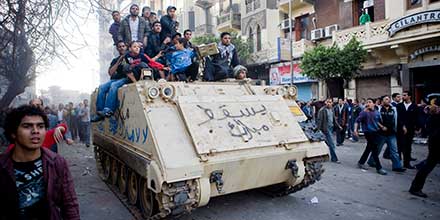
This article was originally published by Political Violence @ a Glance on 8 May 2018.
What drives governments to crack down on and kill their own civilians in the context of popular uprisings? This is the topic of our newly-released special report with the International Center on Nonviolent Conflict. In it, we explore why governments engage in mass killings – or the intentional killing of 1,000 or more civilian noncombatants – in the context of both violent and nonviolent mass uprisings. Among 308 popular uprisings since 1955, we find that mass killings are surprisingly common, yet they are strongly associated with certain types of resistance. More broadly (and strikingly), we find that characteristics of the uprisings are just as significant as features of the states they are confronting.
